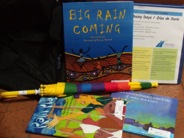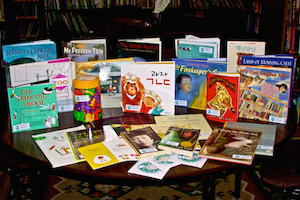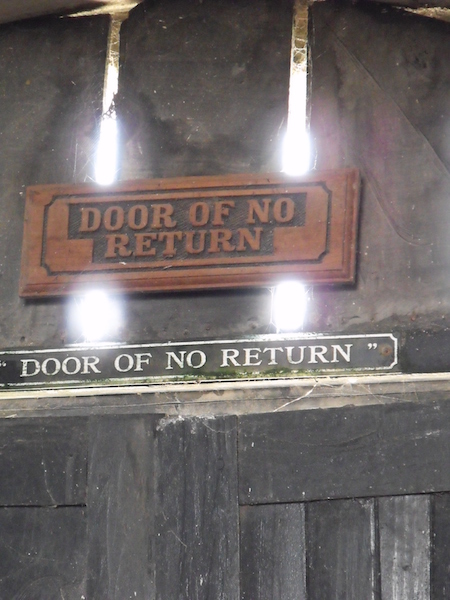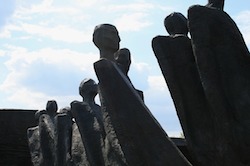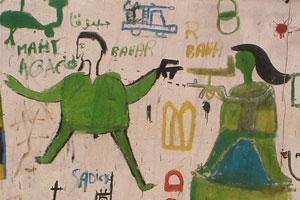by Kathy G. Short
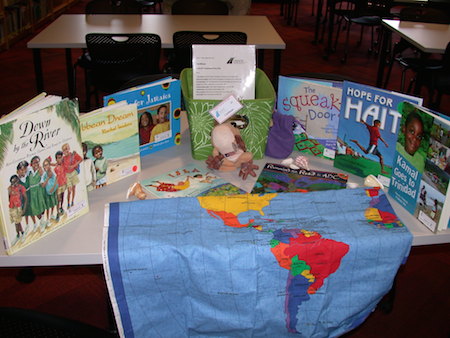 Young children understand the world through making connections to their lives and experiences within their families and communities. Some educators believe that their need for connections means that young children are egocentric and unable to understand cultures outside of their immediate life experiences. We believe that story provides a way for young children to see themselves as connected to children around the world. They may not understand where that specific community is located–seeing the other side of the globe as a nearby city–but they can still feel connected to children living in communities that differ from their own. Continue reading
Young children understand the world through making connections to their lives and experiences within their families and communities. Some educators believe that their need for connections means that young children are egocentric and unable to understand cultures outside of their immediate life experiences. We believe that story provides a way for young children to see themselves as connected to children around the world. They may not understand where that specific community is located–seeing the other side of the globe as a nearby city–but they can still feel connected to children living in communities that differ from their own. Continue reading


